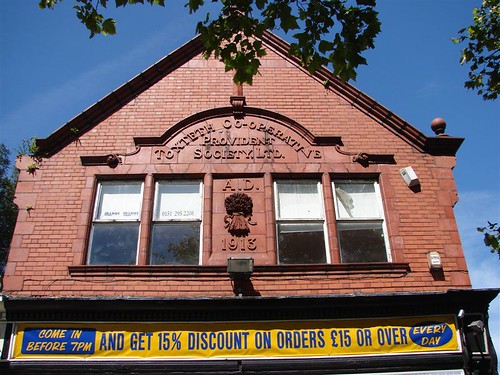A look at the early influence of Spanish anarchism on Merseyside.

Browsing through the parliamentary archives from the late 19th century recently, as you do, I came across an interesting contribution from Mr J. A. Willox, the member of parliament for the Everton district of Liverpool:
MR. J. A. WILLOX (Liverpool, Everton) I beg to ask the Under Secretary of State for Foreign Affairs (1) whether a party of Anarchists, having been sentenced to expulsion from Spain, were prohibited from landing in France, and are now on the voyage from Barcelona to Liverpool; (2) whether Her Majesty's Government are taking any steps to prevent the alleged deportation of Spanish Anarchists to the United Kingdom; and (3) what measures the Local Authorities at Liverpool can take to prevent the landing at that port of dangerous and destitute aliens, who, as in many previous instances, may, if landed, become a charge upon the local rates?
MR. GRZON Her Majesty's Government have received information that 28 persons suspected of Anarchist opinions, and sentenced to expulsion from Spain, have been embarked at; their desire for Liverpool in the Spanish vessel Isla de Luzon. It is understood that the French Government have protested against the deportation of Spanish Anarchists from Spain into France. On receiving information of this shipment, Her Majesty's Government protested against it, and the Spanish Government have expressed their regret and have promised that no more shall be sent. There are no measures which the Local Authorities at Liverpool can take in the sense of the last paragraph.
The history of the Isla de Luzon ship that transported the anarchists is quite interesting in itself. Built in Elswick in Tyne and Wear and launched in 1886, the vessel became a gunboat in the Spanish Navy seeing action in the Rif War of 1893-1894 and also the Philippine Revolution of 1896-1898. The vessel also took part in the first major engagement of the Spanish-American War, the Battle of Manila Bay. After the other ships in its squadron were damaged, the Isla de Luzon was scuttled, only to be later salvaged and put back into service by the US Navy following the occupation of the Philippines by the United States.
Back to Mr Willox’s question, his concern (as a member of the political class) about inbound anarchists from Spain was well justified. The influence of anarchism and syndicalism on the working-class of Liverpool would begin to gain traction at the turn of the century, mainly thanks to the radicalism of immigrants settling in the area. In his essay, ‘Syndicalism and Labour on Merseyside 1906-14’, Bob Holton writes:
Jewish exiles brought with them anarchist traditions relevant to the development of anarcho-syndicalism, a reaction away from the bomb-throwing terroristic form of anarchism. Contact with the embryonic anarcho-syndicalists in Spain was made through refugees like Lorenzo Portet, who settled in Liverpool as a teacher of foreign languages [...] Portet acted as a link between emerging Liverpool syndicalists and the development of a revolutionary industrial movement in Spain in the period before 1914.
As the essay goes on to say, Portet was a friend of Francisco Ferrer, the libertarian educationalist who was executed by firing squad in Barcelona during the Setmana Tràgica (Tragic Week) of 1909. Following Ferrer’s example, Portet helped to set up an anarcho-communist school in the Toxteth Co-operative Hall on Smithdown Road.

Last year, a former factory worker from Barcelona and member of the Spanish CNT living on Merseyside got in touch with Liverpool Solidarity Federation and has attended meetings, protests and events. Several other SolFed locals also have CNT members within their ranks. Although it has declined worldwide since its heyday, it is encouraging that the internationalist flame of anarcho-syndicalism is still flickering locally and abroad.






Comments
Quote: ...28 persons
Ahhhh... our Spanish comrades have always had good taste!